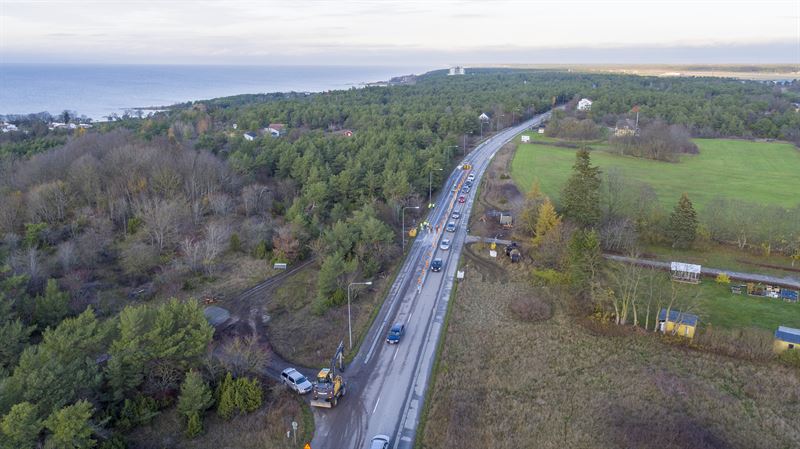Sweden is host to a prototype in-road wireless charging network designed to power electric commercial and public transit vehicles as they drive. Work began on the first section of the road Nov. 14.
The project, dubbed "Smartroad Gotland," is a testbed for future large-scale inductive charging networks. Utilizing rubber-wrapped copper coils buried a little more than 3 inches (8 cm) deep connected to a smart grid, the system is designed to be scalable. Vehicles can be equipped with multiple wireless receivers, allowing greater transmission throughput.
"Today marks a very important milestone based on thorough preparations and a very dedicated team," project manager Håkan Sundelin said. "A preparatory session was conducted on the ElectReon test site in Israel a month ago to train the team before this first deployment on public roads. I am glad that we are progressing according to plan and are now ready for Swedish climate and conditions."

Smartroad Gotland
The smaller-scale test in Israel featured a 20-meter section of road where ElectReon was able to charge a Renault Zoe EV at 8.5 kilowatts with 91% transfer efficiency; the transmission ceiling for that particular execution was 15 kilowatts per receiver. A 40-ton truck would potentially utilize up to five separate receivers, the announcement said.
"The Smartroad Gotland project will start operations early 2020 with an electric truck and trailer," the announcement said. "Before the summer the electric road will also charge and power an electric bus. Throughout the three year long project, the system performance and user experiences will be evaluated together with RISE Research Institute of Sweden."
Gotland is relatively remote and sparsely populated Swedish island in the Baltic Sea. It is roughly the same size as Rhode Island, but has only about 1/20th its population. Sweden has pushed for more electrification initiatives, and even Gotland's racing circuit has gotten in on the hype, playing host to a publicity drive of Porsche's Cayenne Turbo S E-Hybrid.
Other in-road pilot projects have likewise shown success in recent years, albeit on a limited basis.
